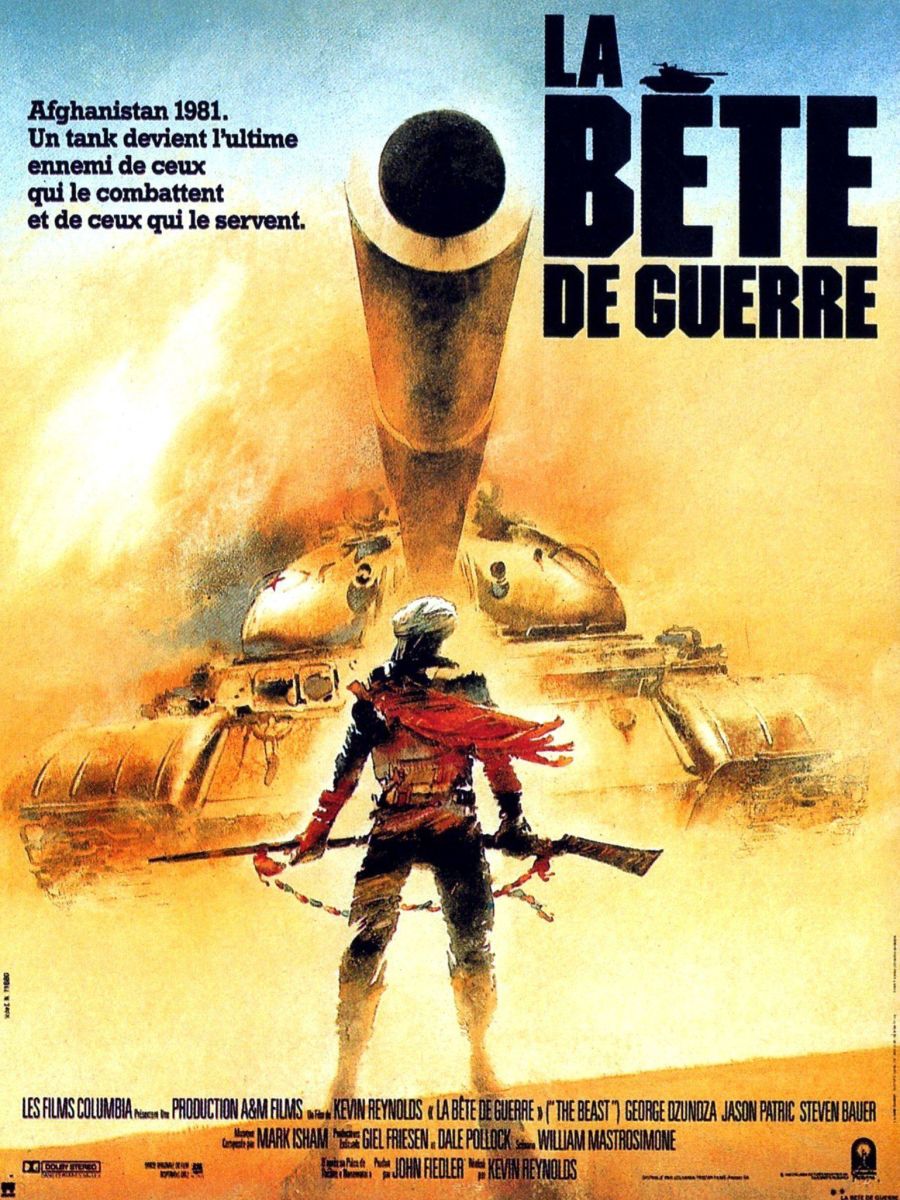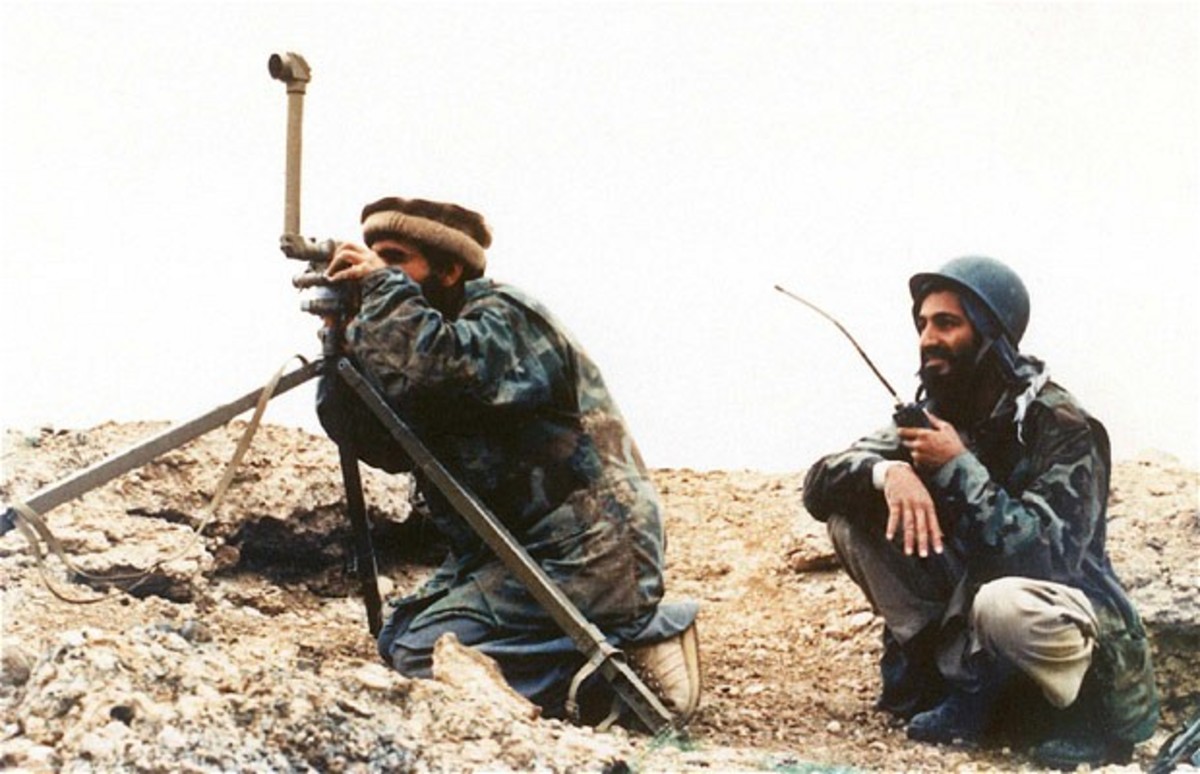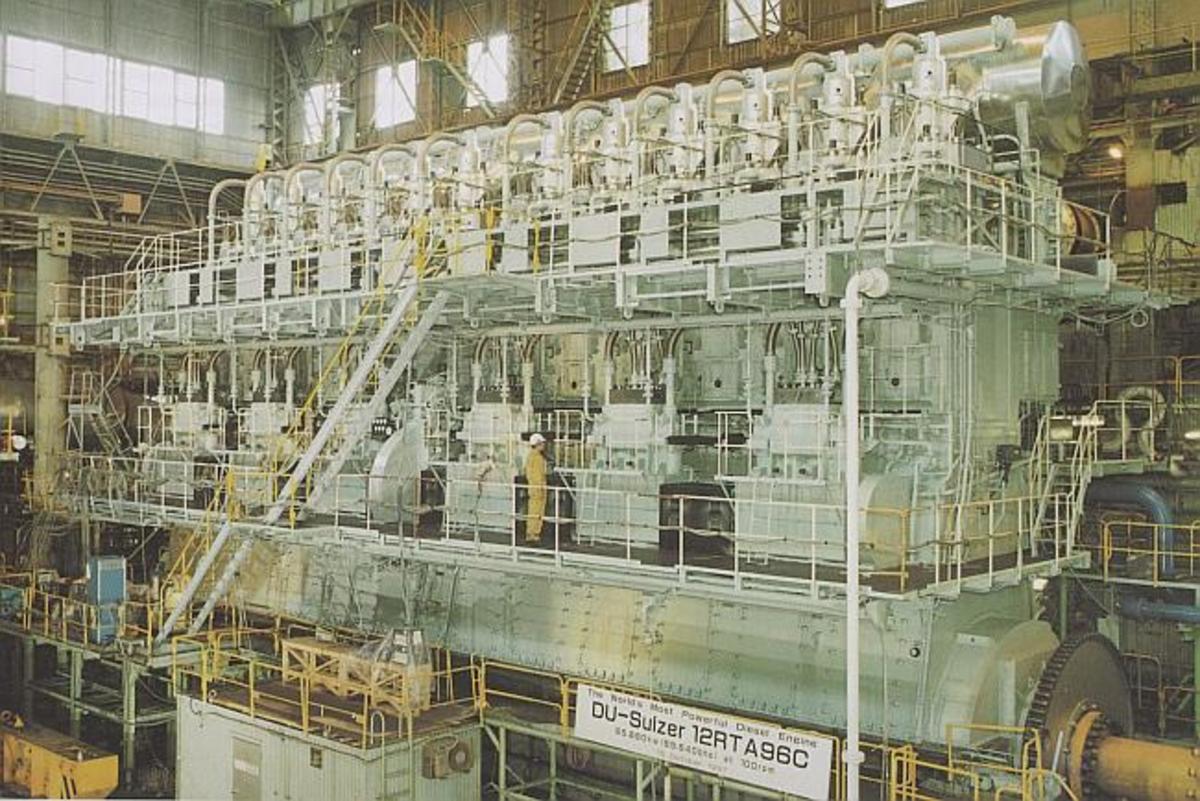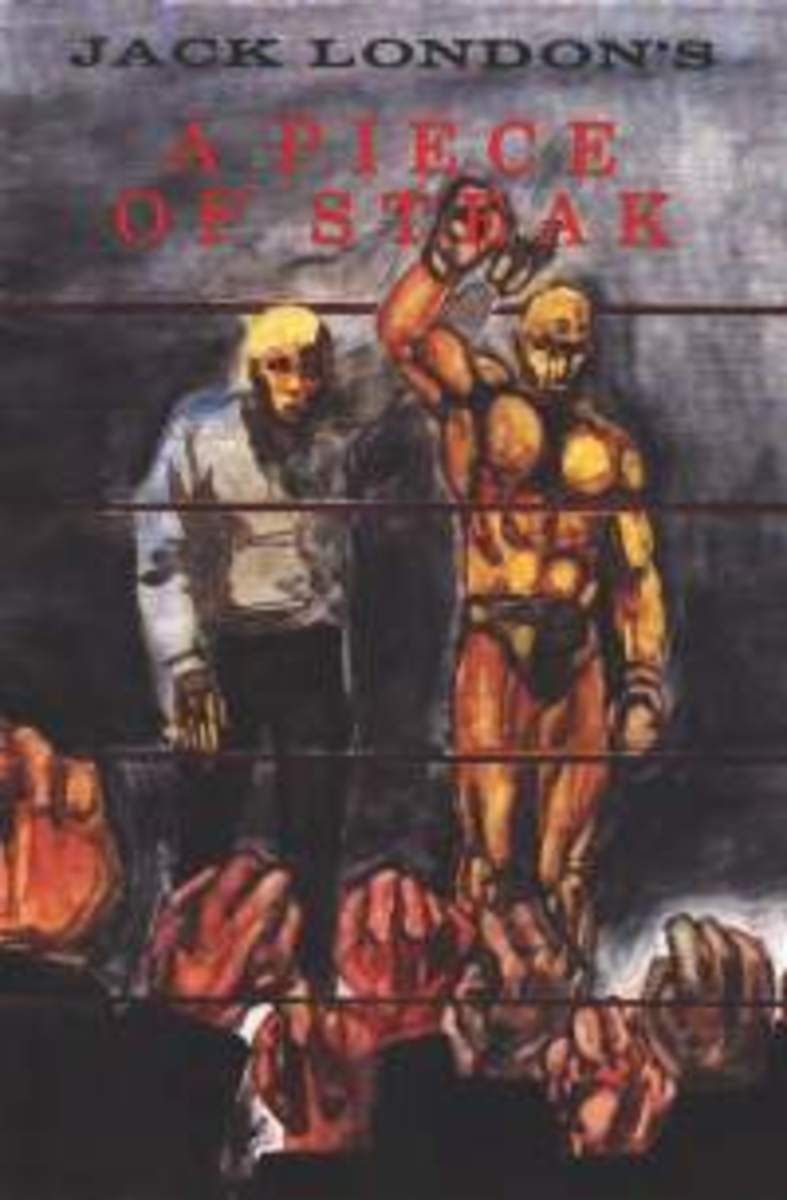The US, Pakistan and Taliban love triangle: Part 1
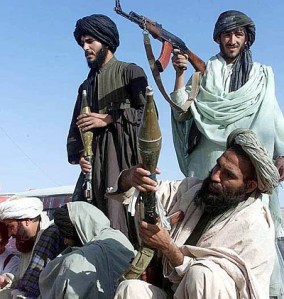
WHAT IS THE TALIBAN?
WHAT IS THE TALIBAN?
The Taliban is also spelt “Taleban” and it means “students”. It is a Wahhabi Islamist political movement that governed Afghanistan from 1996 to 2001, overthrown subsequently in retaliation to 9-11 by the United States. It regrouped in 2004 and is an insurgency movement mainly in local Pashtun operating mainly at night. They are fighting a guerilla war against the Afghan and Pakistani government as well as the NATO-led International Security Assistance Force. Most members are from the ethnic Pashtun tribes as well as volunteers from nearby Islamic countries like Uzbeks, Tajiks, Punjabis, Arabs and Chechens. They operate mostly in the provinces around the Duranc Line Border. Their headquarters are said to be near Quetta, Pakistan. Both Pakistan and Iran have been accused of providing the Taliban support although they both deny this.
Mullah Mohammed Omar is the Taliban’s leader who is believed to be hiding in Afghanistan. A reward of $25 million dollars is offered for information leading to his capture.
When in power, the Taliban enforced the strictest interpretations of Sharia law treating women horrifically. All women had to wear burqas in public and they were not allowed to work nor be educated after the age of eight. From over that age, they were only allowed to study the Quran. No male doctors could treat them unless a male accompanied them. Anyone violating these laws faced public execution or public flogging. In mid 2009, the Taliban established an ombudsman office in northern Kandahar.
WHO CREATED THE TALIBAN?
Many people say that the ISI created the Taliban and financed and supported them but there is evidence that it was actually the United States that was responsible for their formation. In 1998, Zbigniew Brzezinki, who was the United States Security Advisor to President Jimmy Carter from 1977 to 1981 claimed that the United States is responsible for the existence of the Taliban. He was quoted as saying, “What is most important to the history of the world? The Taliban or the collapse of the Soviet Empire? Some stirred-up Moslems or the liberation of Central Europe at the end of the cold war?” when pushed by Le Nouvel Observateur, a prominent French general information magazine based in Paris. He is talking about the invasion of Russian in Afghanistan in 1979. Brzezenski was quoted as saying:
“We actually did provide some support to the Mujahideen before the invasion. We did not push the Russians into invading, but we knowingly increased the probability that they would.” He also bragged: “That secret operation was an excellent idea. The effect was to draw the Russians into the Afghan trap.”
In 1978, pro-communist leftists took control of Afghanistan from the former republican government. Russia, then the Soviet Union, gave them diplomatic recognition. However, the newly established communist government set up social reforms that were in conflict with long-established Afghan social standards, which resulted in the communist government losing support. In response to this, the Soviet Union invaded Afghanistan with the hopes of saving the pro-communist rule in 1979 as it anticipated the US’s plan to destabilize the pro-Soviet PDPA (People’s Democratic Party of Afghanistan), with the aim of installing a new pro-American regime in Afghanistan.
From 1979 to 1989, the Mujahideen, anti-communist guerillas, was armed, equipped and funded by the United State’s CIA during the Jimmy Carter and Ronald Reagan administration as well as Saudi Arabia, Pakistan under Ziaul-Haq, Iran, China and several other western countries to fight the Soviets. The role of Pakistan’s Inter-Services Intelligence (ISI) was to be an intermediary for these activities to disguise the source of support given to the Mujahideen. The CIA supplied billions of dollars in arms to the Mujahideen. Those arms included Stinger missiles, anti-aircraft weapons that were used against Soviet helicopters. Osama bin Laden was one of the leaders of the Mujahideen and he received US arms, although this is disputed by some. The CIA also used “humanitarian” front organizations like the Committee for a Free Afghanistan to fund and train the Mujaheedeen. They even spent $43 million on just printing textbook with violent images and militant Islamic teachings for Afghan children to read. The Mujahideen wanted to prepare the children to fight the enemy one day so they taught them the proper clips for a Kalashnikov rifle, the weight of a bomb needed to flatten a house and how to calculate the speed of bullets. Girls weren’t exempt. The Mujahideen set the school curriculum. The United States assisted them financially for this as part of the American Cold War policy in the 1980’s. The US Agency for International Development, AID, ran the weapons program, along with the CIA. $3 billion in total was spent in building up these terrorist Islamic groups. The US began to support these Afghan Islamic fundamentalists, despite the fact that some of them had kidnapped the American ambassador in the capital city of Kabul which eventually led to his death in a rescue attempt. The support continued even after Islamic fundamentalists in Iran seized the US embassy in Tehran in November 1979. Fifty five hostages were held for over a year.
The Mujahideen were also employed to displace Soviet puppet, Mohammed Najibullah Ahmadzai, who was the fourth and last President of the Soviet-backed Democratic Republic of Afghanistan. It was the Taliban, a new group that formed from the Mujahideen in 1994, that eventually murdered Ahmadzai in 1996. He was at a United Nations compound when he was taken away by the Taliban, beaten then murdered. His body was hung from a traffic light post publicly. ShahpurAhmadzai, his brother, was eventually executed along with him.
Brzezinski went onto say, in the interview, that there is an official version of history and then there is the truth. The official version of history, he says, is that the CIA began to aid the Mujahideen during the 1980’s in response to the Soviet invasion of Afghanistan on 24th December 1979 when it reality it was the complete opposite. On July 3rd, 1979, President Jimmy Carter signed the first directive for secret aid to the enemies of the pro-Soviet regime in Kabul. On that day, Brzezinki wrote to the President saying that the aid would induce a Soviet invasion.
But, of course, even the legitimacy of this interview is disputed.
However, Agence France Press reported: “Despite formal denials, the United States launched a covert operation to bolster anti-Communist guerrillas in Afghanistan at least six months before the 1979 Soviet invasion of the country, according to a former top US official.”
Hillary Clinton, of course, never spoke of this version of events. This is what she said about the Taliban:
“While at the same time realizing that there’s a lot of other moving parts to this. And the United States, to some extent, has to acknowledge, being among the creators of the problem we are now dealing with. It seemed like a great idea, back in the ’80s to– embolden– and train and equip– Taliban, mujahidin, jihadists against the Soviet Union, which had invaded Afghanistan. And with our help and with the Pakistani support– this group– including, at that time, Bin Laden, defeated the Soviet Union. Drove them out of Afghanistan, eventually. Saw the fall of the government that they had installed. And the rest we know. They eventually took over. But when we accomplished our primary mission of seeing the Soviet Union thrown out of Afghanistan, we withdrew. And we left the problems of a well-equipped, fundamentalist, ideological and religious group that had been battle hardened to the Afghans and the Pakistanis”.
So, I think it’s understandable that people are saying, sort of, “Well, what’s your real commitment? What are you trying to accomplish? Do you understand the historical context and the regional geostrategic context?” So, I think it’s important to pose it as you do. Let’s look at it in the broader question. It’s not about do we put more troops in or not? Do we do this on economic development or not? You have to look at it in that broader context.
WASHINGTON, Oct 6th, 2009.
Katie Couric Interviews Secretary of State Clinton about Afghanistan and the Road Ahead
Clinton doesn’t mention the fact that the United States induced an invasion by the Soviets. She also doesn’t mention the fact that the United States had no interest in dealing with the terrorism that they had created in the form of the Taliban nor contributed financially to the reconstruction of Afghanistan which fell to pieces due to the civil war that ensued after the defeat of the Soviets and certainly no money was offered to rewrite the incredibly violent textbooks.
After the Soviets were driven out of Afghanistan in 1989, mainly because the mujaheeden forces were causing major serious casualties and the war was just too expensive, the Mujahideen failed to establish a united government. The larger Mujahideen groups began to fight one another for power over Kabal. A new movement was created called the Taliban, which were members of other factions such as Harakat-e Islami and some were students of Mohammad Nabi Mohammadi, an Afghan resistance leader.
In 1994, The Taliban seized control of Kandahar first and then the rest of Afghanistan. Veteran Mujahideen were confronted by the Taliban in 1996 and the Taliban eventually took control of Kabul after two years of combat, leaving the city in ruins and 50 000 civilians dead.
The United States knew about this but they didn’t care and stated that they didn’t have a problem with their religious fanaticism. The State Department spokesperson, Glyn Davies, said he saw nothing objectionable about the Taliban’s plans to impose strict Islamic laws. In fact, Senator Hank Brown, the chair of the Senate Foreign Relations Subcommittee on the Near East and South Asia, approved of the regime saying, “The good part of what has happened is that one of the factions at last seems capable of developing anew government in Afghanistan.”
Another US diplomat said in 1997, “The Taliban will probably develop like the Saudis. There will be Aramco [the consortium of oil corporations], pipelines, an emir, no parliament and lots of Sharia law. We can live with that.”
(From the book from Timothy Mitchell, “McJihad: Islam in the US Global Order)
Afghan analyst Dr.Noor Alisaid:
“Following the invasion of Afghanistan by the former Soviet Union in late December 1979, hundreds of high ranking Afghan politicians and technocrats as well as army officers including generals entered into Pakistan with the hope of organizing the needed resistance to oppose the invader in order to liberate Afghanistan. Unfortunately and regrettably the US Government in collusion with Pakistan’s leaders took abusive advantage of the opportunity so as to exploit it fully and by all manner of means to their own and exclusive illegitimate benefits and objectives, which had been threefold: to rule out the creation of any responsible and independent Afghan organization among Afghans, interacting directly with Washington, to support Afghan resistance, to repulse the Red Army by using exclusively the blood of Afghans, and to make of Afghanistan a satellite if not an integrated part of Pakistan in return for Pakistani leaders’ services, but in complete disregard to Afghan people’s sovereignty and sacrifices. The overall result was a brutal civil war manipulated by the two superpowers that drove 6 million Afghan people from their homes.”
It is because of the manipulation of both the US and the former USSR that Afghanistan had been plunged into a state of constant conflict. Both wanted hegemony over the country, not caring that they inflicted tremendous suffering on the innocent Afghans caught in it all.
MOTIVE OF WAR OF TERROR IN AFGHANISTAN:
It is a known fact that the US is interested in Afghanistan because of the oil. A few days prior to the attacks of September 11, the US Energy Information Administration outlined Afghanistan’s “geographical position as a possible transit route for oil and natural gas exports from Central Asia to the Arabian Sea.” James Dorion, an energy expert, had written on 10th September 2001 in the Oil and Gas Journal:
“Those that control the oil routes out of Central Asia will impact all future direction and quantities of flow and the distribution of revenues from new production.” Could it be any clearer, given the US oil and gas interests in the Caspian Basin that Afghanistan was to be reined in, especially when Iran, which paralleled it north to south was not a pipeline option, giving its mutual hostilities with theUS.”
There were also plans for the construction of pipelines through Afghanistan. Experts claim that Afghanistan offers the most convenient route for pipelines. A 790 mile oil and gas pipelines across Afghanistan could carry the oil and natural gas from the Caspian Sea basin to the Pakistani coast on the Arabian Sea. This would reduce US dependency on the volatile Gulf oil zone controlled by OPEC.
So it is obvious that the United State’s friendship with the Taliban was based on oil. In fact, the interest in oil is so great, that John O’Neill, former director of anti-terrorism for the FBI, is quoted as saying he thought the US State Department, acting on behalf of theUnited States and Saudi oil interests, impeded FBI efforts to track down Osama bin Laden. In fact, Rep. Dana Rohrabacher claims that a friend well acquainted with Afghanistan called him to say he knew the precise location of Osama bin Laden. Rohrabacher promptly contacted the Central Intelligence Agency to ask for an appointment to be made with his friend. A week went by without an answer. He called again but another week went back and he got no response. Eventually he got into contact with Rep. Porter Goss, the chairman of the House Intelligence Committee, who set up a meeting with the Bin Laden Task Force, with members that included the CIA, FBI and National Security Agency. The task force reassured him that they were on top of the matter. It took a month before the task force contacted Rohrabacher’s friend but by then it was too late. Bin Laden had moved on.
Enron, Bush’s top campaign contributor in 2000, ran a study on the Trans-Caspian gas pipeline, at a cost of $2.5 billion, which was to be built as part of a joint venture agreement penned and signed by Turkmenistan and US Companies, Bechtel and GE Capital Services in February 1999. Enron even bribed the Taliban to strike a deal for an energy pipeline in Afghanistan to supply one of its power plants inIndia. Enron executives personally met with Taliban officials in Texas in 1997.
Dick Cheney said in a 1998 speech to the “Collateral Damage Conference” of the Cato Institute, when he was the CEO of Halliburton, the biggest oil services company in the world, “…the good Lord didn't see fit to put oil and gas only where there are democratically elected regimes friendly to the United States. Occasionally we have to operate in places where, all things considered, one would not normally choose to go. But, we go where the business is."
Cheney saw the Caspian Sea as a preferable major oil source because of the instability in the Persian Gulf. The resources were estimated to be $4 trillion, according to the US News and World Report. Cheney told oil industry executives in 1998, "I can't think of a time when we've had a region emerge as suddenly to become as strategically significant as the Caspian."
In 1994, the US State Department and Pakistan’s Inter-Services Intelligence Agency (ISI) wanted a stable regime in Afghanistan to increase the chances for Western pipelines to be installed there. For this purpose, they financed, armed and trained the Taliban in its civil war against theNorthern Alliance, which was ousted by the Taliban in 1996.
In 1995, the energy company, UNOCAL, proposed the construction of a pipeline from Turkmenistan, south through Afghanistan and Pakistan, to the Arabian Sea. The agreement to build the pipeline through Afghanistan in August 1996 was signed by UNOCAL and Turkmenistan. That all turned pear-shaped when the Taliban rose to power in September 2006, taking control of the capital city of Kabul. A UNOCAL executive apparently praised the Taliban’s takeover of Kabul as a step in the right direction to create political stability. Shortly afterwards, however, that statement was retracted to avoid any positive association with the Taliban. The State Department did the same, praising the Taliban then recanting that support.
UNOCAL continued to develop its plans from 1996 to 1998, choosing, after all, to negotiate with the Taliban. Taliban representatives reportedly met with UNOCAL representatives in Washington D.C in February 1997 and then again in November 1997 in Texas. The point was, UNACOL explained, was “to educate them about the benefits such a pipeline could bring to their “poor and war-torn country”.
Yasushi Akashi, U.N. Under-Secretary General for Humanitarian Affairs, did not approve of the outside interference in Afghanistan, which he said, “is now all related to the battle for oil and gas pipelines. The fear is that these companies and regional powers are just renting the Taliban for their own purposes."
UNOCAL was obliged to terminate its efforts in 1998 when the United States took more action against Al Qaeda and the Taliban, in response to the bombing of US embassies in Kenya and Tanzania, for which Osama bin Laden was blamed. The Clinton Administration launched missiles on alleged bin Laden camps in eastern Afghanistan.
UNOCAL formally withdrew the project in December 1998 after sanctions were imposed against the Taliban by the Clinton Administration after the government demanded that the Taliban hand over bin Laden.
On February 3rd, 1999, the Assistant Secretary of State Karl E. Inderfurth and State Department counterterrorism chief, Michael Sheehan, travelled to Islamabad, Pakistan, to meet with Abdul Jalil, the Taliban’s deputy foreign minister. They threatened him by saying they would hold the government responsible should there be any more terrorist attacks committed by bin Laden.
In 1999, the decision was made by the Clinton administration and the then prime minister of Pakistan, Nawaz Sharif along with his chief of intelligence, to implement a covert plan to kill Osama bin Laden. The Clinton administration, in return, would lift the sanctions on Pakistan and provide an economic aid package. The US’s role was to supply satellite intelligence and money while Pakistan supplied the Pushtun-speaking operatives who would be doing the actual assassination in southern Afghanistan.
The 60 Pakistani commando team was ready to strike by October 1999. One official told the Washington Post, “It was an enterprise. It was proceeding. Clinton aides were delighted at the prospect of a successful assassination, with one declaring, “It was like Christmas”.
The operation was aborted on Oct. 12, 1999, however, when Sharif was overthrown in a military coup led by Gen. Pervez Musharraf, who refused to continue the operation despite substantial efforts by the Clinton administration to revive it. A UN Security Council later ruled that bin Laden be handed over to “appropriate authorities”, which did not include him being handed over to theUnited States.
In 2000, foreign operatives on behalf of the CIA fired rocket-propelled grenade at a convoy of vehicles where it was believed Osama was in one travelling through the mountains of Afghanistan. The grenade hit one of the vehicles but the one with bin Laden was left unscathed.
REPORTS OF THREATS REVEALED AFTER 9-11
Various reports of the US government threatening Afghanistan with military intervention several months before 9-11 came to life in the aftermath. The BBC’s GeorgeArney reported on September 18 that the former Pakistani Foreign Secretary Niaz Naik, was informed of the US’s intention of a military strike against the Taliban regime. Naik claimed to the BBC he was informed of this at an UN-sponsored international contact group on Afghanistan in Berlin in a meeting. The four day meeting was attended by senior US, Russian, Pakistani officials at a hotel. The United States were planning to kill or capture Osama bin Laden and the Taliban leader, Mullah Omar.
The US’s objective was to topple the Taliban regime in favour of a transitional government with moderate Afghans, possibly under the leadership of the former Afghan King Zahir Shah.
Naik went on to say that the US was planning to launch its operation from bases in Tajikistan and American advisors were already there. Uzbekistan was also to participate in the operation and 17 000 Russian troops were put on standby. All this would take place before the snows started falling in Afghanistan, which would be by the middle of October at the latest.
The paper The Guardian subsequently corroborated this report on September 22.
Lee Coldren, former head of the office of Pakistan, Afghan and Bangladesh affairs in the State Department, was one of the members of the meeting and he told the Guardian:“there was some discussion of the fact that the United States was so disgusted with the Taliban that they might be considering some military action….Naik, however, cited one American declaring that action against bin Laden was imminent: “This time they were very sure. They had all the intelligence and would not miss him this time. It would be aerial action, maybe helicopter gun ships, and not only overt, but from very close proximity to Afghanistan.”
All three American former officials at the meeting denied making any specific threats.
The Guardian summarized: “The threats of war unless the Taliban surrendered Osama bin Laden were passed to the regime in Afghanistan by the Pakistani government, senior diplomatic sources revealed yesterday. The Taliban refused to comply but the serious nature of what they were told raises the possibility that Bin Laden, far from launching the attacks on the World Trade Center in New York and the Pentagon out of the blue 10 days ago, was launching a pre-emptive strike in response to what he saw as US threats.”
Part 2 starts with "Bush and the Taliban".

